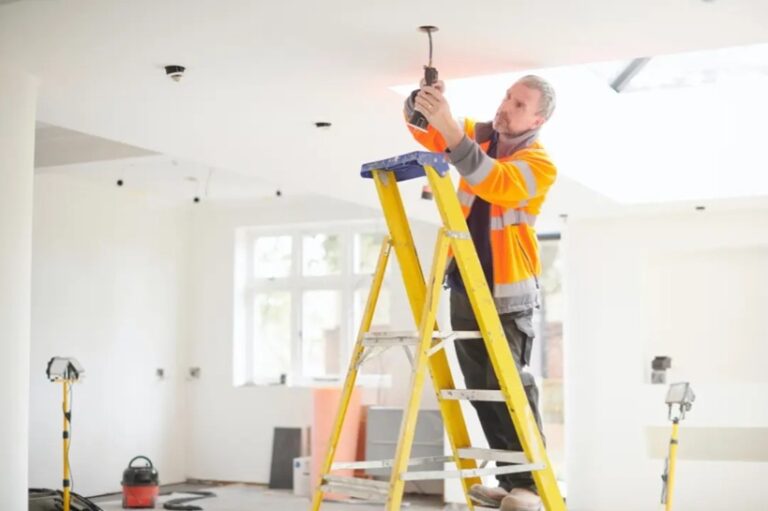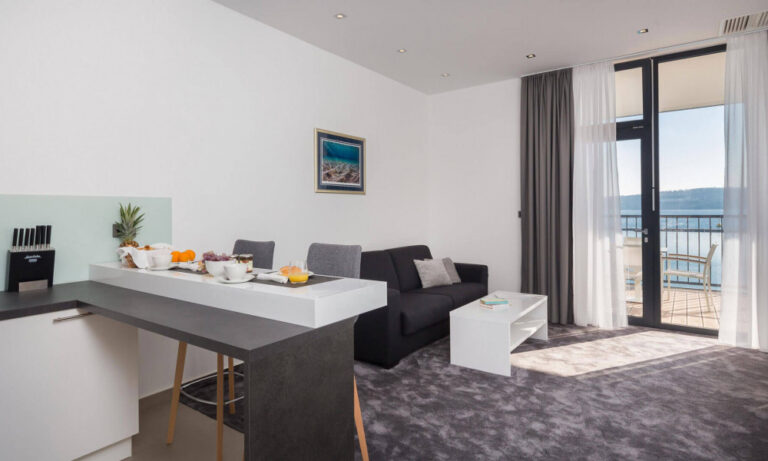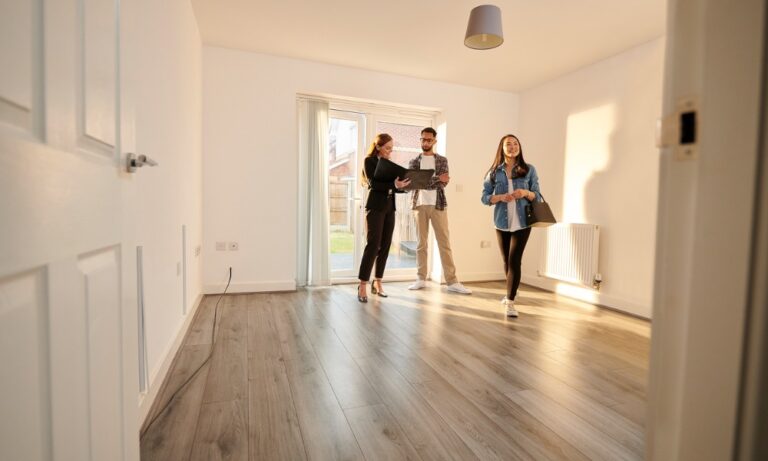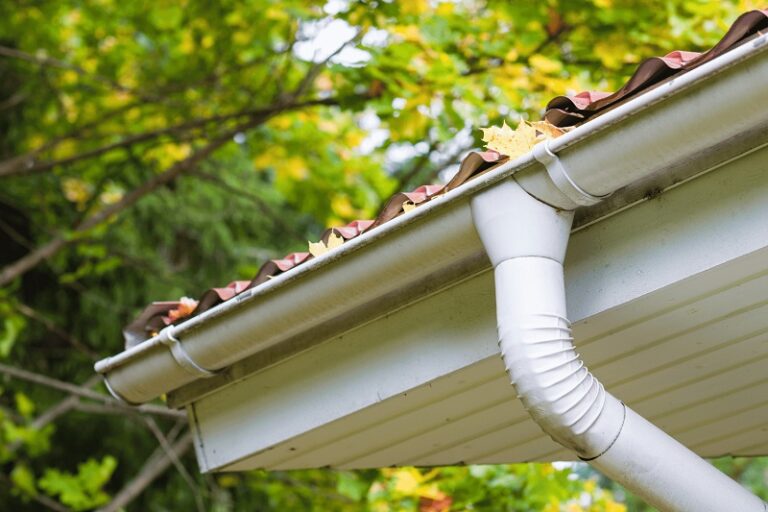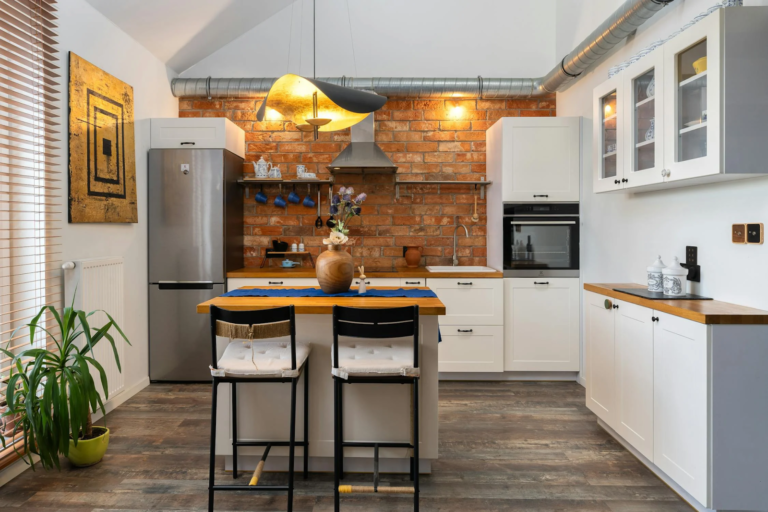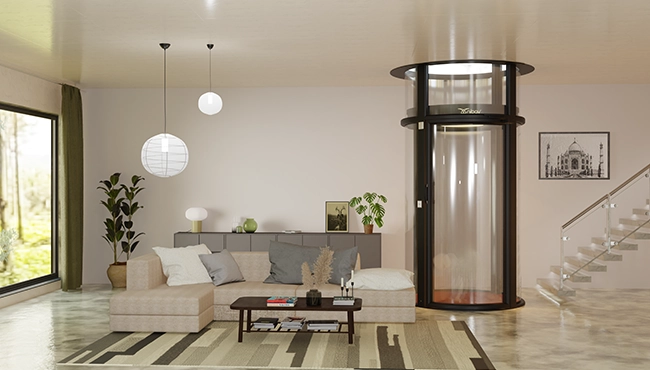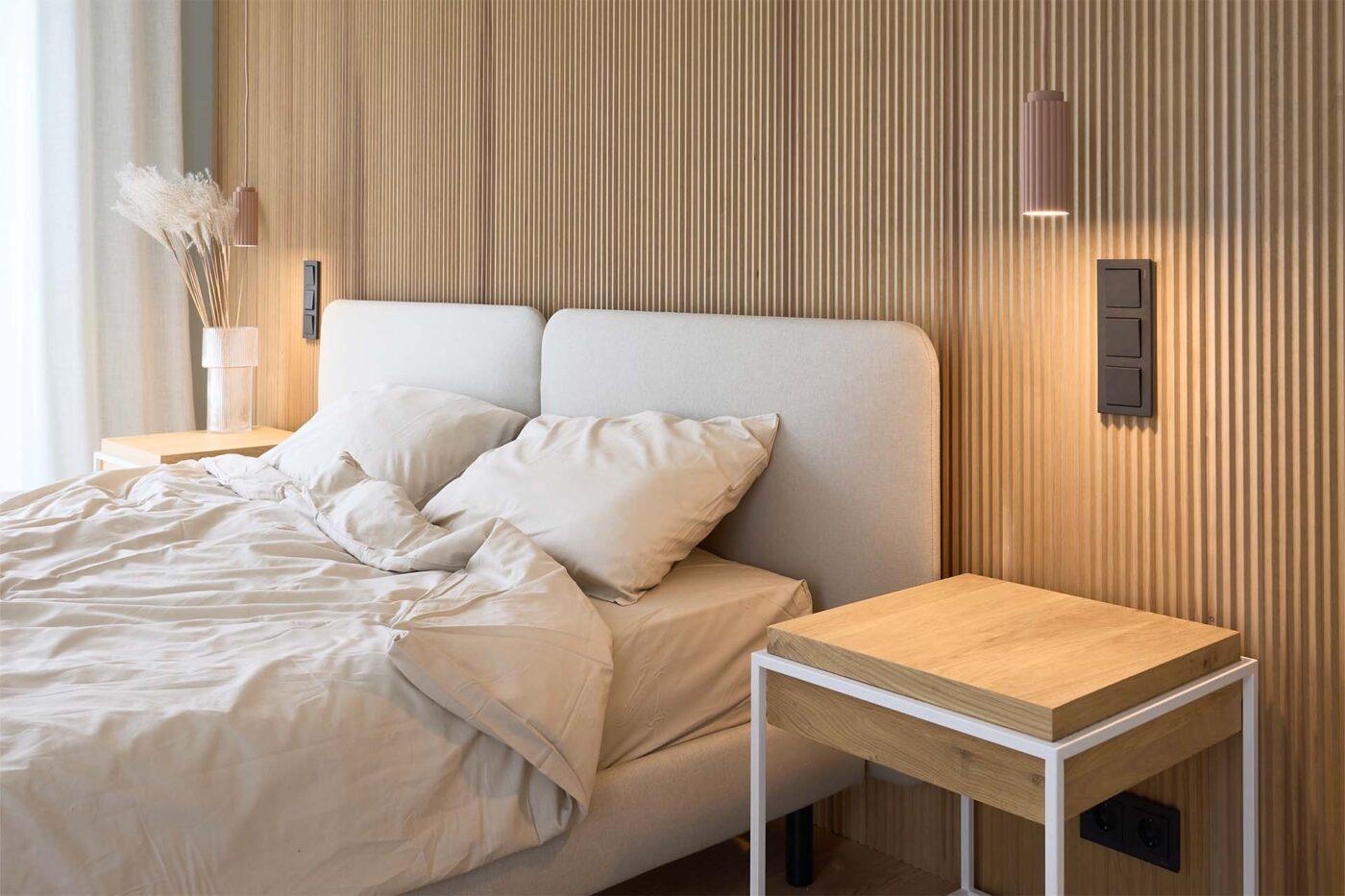
In interior design, few elements exude timeless allure and warmth, like internal timber cladding. These exquisite wooden wall panels have transcended eras, gracing spaces with natural elegance and rustic charm. From rustic retreats to contemporary sanctuaries, interior wood cladding has become indispensable in modern architectural aesthetics.
In this article, we embark on a journey to explore the multifaceted world of internal timber cladding. We delve into the myriad benefits it brings to spaces, both in terms of aesthetics and functionality. Join us as we unravel the secrets behind the enduring popularity of this age-old technique, shedding light on why interior wood cladding continues to be a cherished choice for discerning designers and homeowners alike.
The Benefits of Using Internal Timber Cladding in Your Space
Using internal timber cladding in your space can offer a range of benefits:
Enhancing Warmth and Texture
Incorporating internal timber cladding into your space can bring warmth and texture to your interiors, creating a cosy and inviting atmosphere. Timber cladding refers to the application of wooden panels or boards on a room’s interior walls or ceilings.
One of the key benefits of using timber cladding is its ability to add warmth to a space. Wood has inherent natural qualities that can create a sense of comfort and cosiness. The warm tones and natural grain patterns of timber can instantly transform a room, making it feel more inviting and relaxing.
Additionally, timber cladding adds texture to your space. The unique patterns and textures found in different types of wood can create visual interest and depth in any room. Whether you prefer a rustic, reclaimed look or a sleek, modern aesthetic, various timber options can suit your style preferences.
Creating a Natural and Organic Ambience
Internal timber cladding is a flexible and visually appealing solution for creating a natural and organic ambience inside interior areas. It is possible to bring the beauty of nature within and create a warm and welcoming atmosphere by using wood cladding in interior design.
One of the most important advantages of adopting internal wood cladding is that it can provide warmth, texture, and character to any area. The natural patterns and rich wood tones can instantly transform a room, making it feel more cosy and inviting.
In addition to its visual appeal, timber cladding also offers practical advantages. Wood is a good insulator, helping regulate temperature and lowering energy use. It also enhances acoustics by absorbing sound and making the space quieter.
Improving Acoustic Insulation and Soundproofing
Internal timber cladding has gained popularity as a solution for improving acoustic insulation and soundproofing in various spaces. This natural material has exceptional sound absorption capabilities, significantly minimising noise pollution and providing a quieter atmosphere.
The capacity of wood panelling to absorb and reduce sound waves is one of its main benefits for soundproofing. With its porous nature and fibrous composition, wood’s structure efficiently absorbs sound energy rather than reflecting it into space.
Additionally, timber cladding can act as a barrier to block out unwanted external noise. By installing wooden wall coverings, the transmission of airborne sounds from outside can be significantly reduced. This is particularly beneficial for spaces near busy roads, airports, or other sources of excessive noise.
Trending Designs and Styles for Internal Timber Cladding
Here are some popular styles and designs for internal timber cladding:
- Natural Finishes: Emphasising the natural beauty of timber is a timeless trend. This involves using clear finishes or stains that enhance the wood’s natural grain and colour.
- Vertical and Horizontal Panelling: Both vertical and horizontal cladding arrangements are popular. Vertical panelling can create the illusion of higher ceilings and a sense of grandeur, while horizontal panelling tends to be more traditional and can make a space feel wider.
- Reclaimed and Weathered Wood: Using reclaimed or weathered wood can add character and a sense of history to a space. This trend supports sustainability and adds a rustic touch.
- Geometric Patterns: Creating geometric patterns with timber panels can add visual interest and a modern touch to a space. This can be achieved through various cuts and arrangements of timber.
- Multi-toned Cladding: Using different tones or species of timber in the same space can create a striking visual effect. This can be done by alternating panels, creating patterns, or using different wood types for architectural elements.
- Charred Timber Cladding (Shou Sugi Ban): Shou Sugi Ban is a Japanese technique that charms the wood surface to create a weatherproof, insect-resistant finish. Charred timber cladding Australia has gained popularity for its unique, dark appearance.
In Summary
Incorporating internal timber claddings is a statement of sophistication and an investment in your space’s enduring beauty and functionality. Their ability to infuse a sense of timelessness into any interior ensures they remain a coveted choice for discerning homeowners, architects, and designers alike. Elevate your space with the timeless beauty of internal timber claddings, and revel in a living environment that exudes character and comfort.

